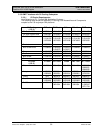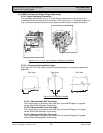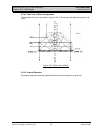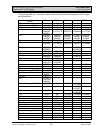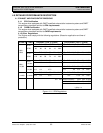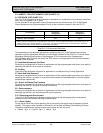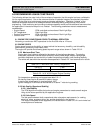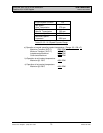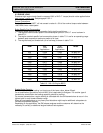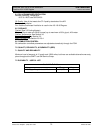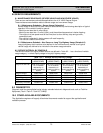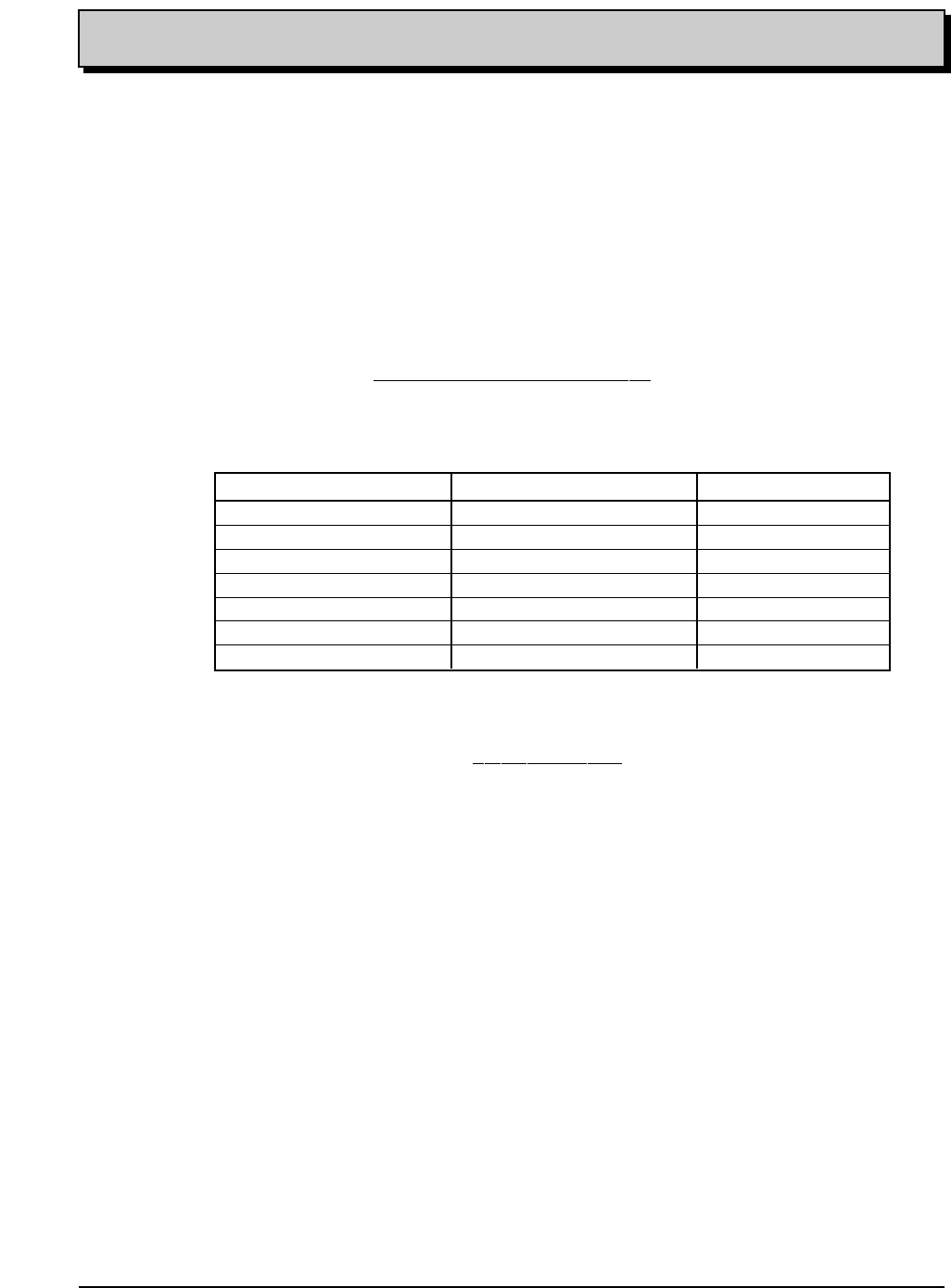
ENGINE APPLICATION MANUAL GM Powertrain
Gasoline 4.3L V6 90 Degree Revised: 08/15/2000
File: c:\data\manuales\v6-truck\am43v6#3.doc
Contact:Luis Nespolo - (248) 857-1558 Printed: 8/15/00
67
5.12 Vibration Powertrain Bending
Powertrain Bending is a source of low frequency noise (50-200 Hz) which results in vibration.
Powertrain bending is defined as the point of the powertrain’s first vertical or horizontal bending.
In the case of the 4.3L V6 90 Degree Engine, the 2
nd
and 3
rd
orders of vibration are considered. The
low frequency vibration generated by Powertrain bending can be transmitted through the mounts
and into the frame and body of the vehicle.
This induced energy can cause vibration of vehicle components, which set up objectionable
resonance for the driver and passengers. For this reason, it is desired to make the Powertrain
package stiff enough so the Powertrain bending occurs at an engine RPM outside of the normal
operating mode or driving conditions of the vehicle. The ideal situation is to target the powertrain’s
bending moment so it occurs past the engine’s maximum RPM.
The minimum Powertrain stiffness as measured in units of Hertz to accomplish this can be
determined from the following equation:
Min. Bending Frequency (Hz) = (Constant *) x (RPM Max. Rated) * Use constant from table 6.12.1-I.
60 sec.
Table 6.12.1-I. Significant Orders of Vibration
Engine Configuration Orders of Vibration Constant *
L4 2nd Order 2
V6 - 60° 2nd Order 2
V6 - 90° 2nd Order 2
V6 - L6 3rd Order 3
V8 - 90° 1st Order 1
V8 - 90° 1-1/2 Order 1.5
V8 - 90° 4th Order 4
Example: a. 4.3L V6 90 Degree Engine = (2) x (5000 RPM) = 166 Hz Bending Frequency
60 sec.
In the case of a 4.3L V6 90 Degree Engine, it is desired to have the Powertrain stiffness great enough
so the bending resonance occurs at or above 90 Hz when the Powertrain is installed in the vehicle.
If the 4th order of vibration is considered, it is necessary to move the bending resonance out past 240
Hz to assure no resonance occurs within the engine operating speed. Since this is impractical
because of the design of the engine block and transmission housing, it is desirable to tailor the
component design so the bending resonance does not occur at idle or between 1800 and 2500 RPM.
See GM Application Engineer for further analysis.



